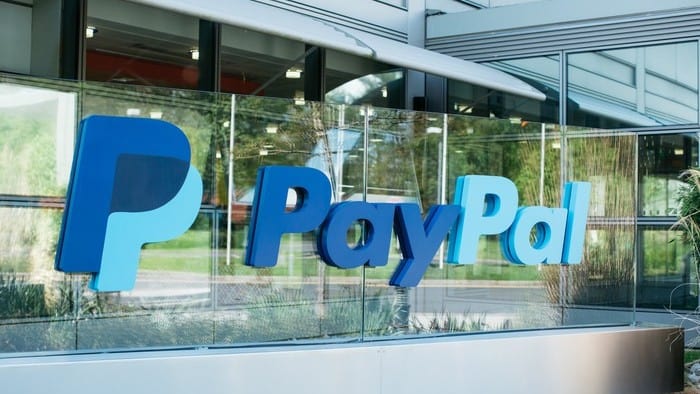This article was originally published on Fool.com. All figures quoted in US dollars unless otherwise stated.
Online payments giant PayPal (NASDAQ: PYPL) is seeing a surge in new accounts and engagement amid the COVID-19 pandemic, and it's doing everything it can to capitalise on the moment. During its second-quarter earnings call in late July, PayPal CFO John Rainey shared plans to invest an additional $300 million in new products and improvements in the second half of the year.
And the pace of product rollouts has been torrid. CEO Dan Schulman says he expects the number of product releases in the second half of 2020 to equal the number of new products released in the previous six years of his tenure at PayPal. Here's what the company's been up to and what it means for investors.
Accelerating the product pipeline
At the start of the year, Schulman talked about the need for PayPal to increase its presence in stores in order to achieve his aspiration of reaching 1 billion users transacting through PayPal nearly every day. The impact of COVID-19 has accelerated that product pipeline.
The company rolled out QR codes in the PayPal app and cash-transfer app Venmo last quarter. It's since partnered with CVS Health to integrate the QR codes into their POS systems, and it's looking for additional partners.
Schulman views QR codes as the fastest way for PayPal to expand its in-store presence. He also sees an opportunity to grow in-store payments with debit and credit cards. The company is releasing a Venmo credit card later this year. It expanded its partnership with Mastercard to bring the PayPal Business debit card to more countries earlier this month.
Lastly, PayPal also wants to use contactless payments technology to facilitate payments. It already has long-standing deals in place with dozens of global payment card companies to use their tokenization technology. The challenge it faces is overcoming the restrictions on access to phone hardware, which is particularly cumbersome on Apple devices.
PayPal isn't neglecting online payments, either. It launched an installment payment program last month called Pay in 4, which allows merchants to receive funds on a purchase upfront while consumers pay for the purchase in installments. The product moves the company's brand further up the sales funnel from the checkout page to the product page, where consumers can see the option to pay over time.
PayPal is also working on several other online payment services, including more ways for consumers to use PayPal online at more merchants, the ability to pay in different ways (e.g., credit card rewards, digital currency), and deeper integration with Honey, its web browser extension that automatically searches out deals on products and services being searched by the user.
Relying on the network and ecosystem
Most of PayPal's new products aren't actually monetized directly. Pay in 4, for example, doesn't cost merchants anything and consumers aren't paying interest, either. That's a unique proposition that few other companies can offer. That's because PayPal sees increased engagement from users that use Pay in 4 or in-store payment options across its other products, which offsets the costs of those new offerings.
It's this network effect that's enabling rapid development and experimentation with new products and gives PayPal an advantage in pricing. It's the same strategy fellow fintech leader Square (NYSE: SQ) has been following for several years. But Square is only planning to release one or two major new products on its consumer side per year. PayPal just released or expanded three products in the last month: Pay in 4, the business debit card, and Instant Transfer.
PayPal's faster product release schedule is supported by its larger network. It had 346 million active accounts between PayPal merchants and consumers, Venmo, and Honey as of the end of the second quarter. That's far more than Square's 30 million Cash App users and an undisclosed number of Square merchants.
In turn, PayPal's producing tons of free cash flow – $2.2 billion in the second quarter alone. By comparison, Square's free cash flow was sitting around $500 million on a trailing-12-month basis before the impact of COVID-19. As such, PayPal has a lot of room to experiment with new products.
An additional $300 million in incremental product investment will still allow PayPal to grow free cash flow and expand its operating margin, while also taking advantage of one of the biggest periods of opportunity in the company's history.
This article was originally published on Fool.com. All figures quoted in US dollars unless otherwise stated.









